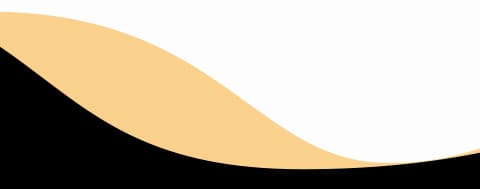Scientist born in November | Eduauraa Blog

Let us take a look within the great mind of one of the pioneering female scientists, Marie Curie.
Childhood brilliance
Maria Sakomea Sklodowska or Maria Sklodowska was born in Warsaw on 7 November 1867.
She had shown signs of being a remarkable student for her exceptional memory at a very young age.
At the mere age of 16, Marie Curie had received a gold medal on completion of her secondary education at the Russian lycée.
Marie Curie's father was a teacher of mathematics and physics.
Unfortunately, her father lost his savings in bad investments throughout his life.
Due to this reason, Marie had to work as a teacher and at the same time, took part clandestinely in the nationalist “free university,” reading in Polish to women workers.
She took the post of a governess at the age of 18 where she suffered an unhappy love affair.
Life in Paris
In 1891 Marie, who was earlier named Sklodowska, went to Paris.
This trip turned out to be very helpful for her as she ended up meeting many well-known physicists too, like—Jean Perrin, Charles Maurain, and Aimé Cotton.
Marie worked extremely hard to survive here.
She worked far into the night in her student-quarters Garrett and virtually lived on bread and butter and tea.
Her first entry into the license of physical sciences was in 1893.
This is the inception of the Marie Curie great we know today.
Her work began in the year 1894 in Lippmann’s research laboratory.
She was awarded a degree in physics in 1893.
It was in the spring of that year that she met French physicist, Pierre Curie.
They were married in 1895.
Pierre and Marie
The marriage of Pierre Curie and Marie on July 25 was the start of a very significant partnership that would achieve results that would be significant to people all over the world.
The most important thing that the two discovered was polonium, which Marie named in honor of her motherland.
Pierre Curie along with his wife Marie Curie also did extensive research further, which led to the discovery of radium.
They worked on many different kinds of radioactive elements.
Marie was looking for a subject for her thesis when she stumbled upon Henri Becquerel’s discovery in 1896 of a new phenomenon which Marie later called “radioactivity".
She decided to find out if the property discovered in uranium was to be found in another matter. S
he discovered that this was true for thorium at the same time as G.C. Schmidt did.
Research and discoveries
a. Both Pierre and Marie worked for hand in hand in investigating radioactivity.
Both of them are known for their discovery of Polonium.
They separated a gram of radium in their radioactivity laboratory in the year 1902, demonstrating its existence as a unique chemical element.
The Curies announced their discoveries which led them to win their Nobel Prizes.
Along with Becquerel, they were awarded the Nobel Prize for Physics in 1903.
b. Pierre Curie died in 1906 when he was knocked down and killed by a carriage.
c. Marie Curie faced a major setback after the sudden demise of her husband on April 19, 1906.
This was a decisive turning point in her career: henceforth she was to devote all her energy to completing alone the scientific work that they had undertaken.
d. She was appointed to the professorship that had been left vacant after Pierre's death on May 13, 1906.
This led to her becoming the first woman to teach in the Sorbonne.
In 1908 she became titular professor, and in 1910 her fundamental treatise on radioactivity was published.
e. She went on to receive another Nobel Prize in 1911 she was awarded the Nobel Prize.
This time she was awarded the prize for chemistry and for the isolation of pure radium.
f. In 1914 she saw the completion of the building of the laboratories of the Radium Institute (Institut du Radium) at the University of Paris.
Marie and her devotion to work
She devoted all her work to her teaching post and over the year just got better at the work she was doing.
The research done by Pierre and Marie was exceptionally important in the development of x-rays in surgery.
Marie was also a very hospitable and loving person.
She would never shy away from helping the world.
During World War One Curie helped to equip ambulances with x-ray equipment, which she herself drove to the front lines.
This extreme dedication of hers was witnessed by the International Red Cross.
They made her head of its radiological service and she held training courses for medical orderlies and doctors in the new techniques.
Opposition and legacy
Yet, no matter how hard she worked and how much she achieved, Marie continued to face great opposition from male scientists in France.
She was never provided the same financial benefits as her male counterparts.
By the late 1920s, her health was beginning to deteriorate.
She died on 4 July 1934 from leukemia.
This was caused by exposure to radiation. Her extensive work in the discovery of radioactivity led to such an unfortunate event.
The legacy of their work was passed on as the Curies' eldest daughter Irene was herself a scientist and winner of the Nobel Prize for Chemistry.
Her other daughter Ève Curie wrote a biography on her exceptional mother too.








